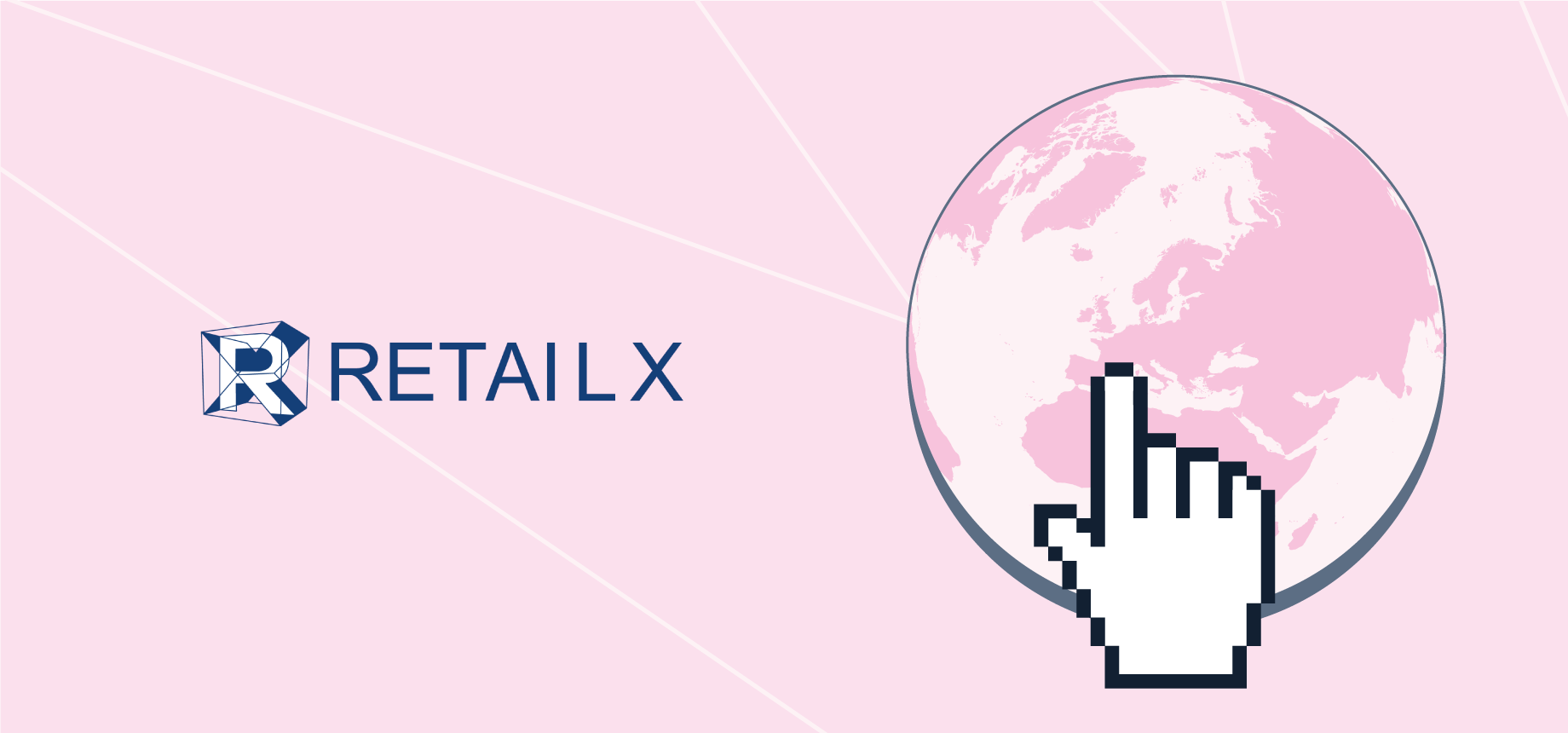
2020 has been a momentous year for retail. From shop closures and financial challenges, to the extraordinary acceleration of ecommerce activity; the on-going Covid-19 pandemic has impacted the retail sector in a profound fashion.
But where does Europe’s ecommerce market fit in all this? Is it a marketplace worth entering? Which European countries are leading and why? The Europe 2020 Ecommerce Region Report answers the above questions and provides an all-encompassing overview of the ecommerce landscape in Europe.
Using a concoction of RetailX research, industry expert interviews and detailed case studies, we zoom in the state of ecommerce across 34 different countries to equip retailers and brands with the insight they need to succeed upon entering the European market.
Here are some of the key lessons.
Europe’s business-to-consumer (B2C) ecommerce spend is growing, with consistent double-digit figure rises year on year. This is estimated to reach €717bn in 2020, and accounts for 5.16% of total GDP. As you can see from our analysis, a whopping 70% of this turnover takes place in Western Europe:

With ecommerce turnover is growing at such a steady rate (more than 12%), it is forecast to exceed expectations in 2020. This is largely due to the coronavirus pandemic which resulted in many consumers turning to online shopping, some for the first time ever, to safely access products.
Additional graphs you will find in the full report include; B2C turnover by region, B2C turnover by country and B2C turnover growth rate.

Nearly nine in 10 (87%) of Europe’s 578m inhabitants access the internet. Of these, more than two-thirds (67%) shopped online in 2019, a figure that continues to grow.
In terms of Europe’s ecommerce market, there has been a healthy growth in e-shoppers since 2015, with 67% Europeans shopping online in 2019 and a predicted 68% by the end of 2020. Our report looks closely at the stark contrasts between the large proportion of e-shoppers (83%) in Western Europe, compared to the mere 36% in Eastern Europe and how this is room for huge opportunity.
Both the European Union and the United Nations, share the on-going goal to improve digitalisation throughout Europe, such as increased internet access and creating a fair, competitive digital economy.
As we are all aware, the outbreak of Covid-19 has had an extraordinary impact on the European economy and the retail and wholesale sector. In particular there has been an immense pressure on essential goods providers, such as pharmacies and grocers, to keep up with the influx of demand.
Consumer behaviour has also fluctuated – perhaps accelerated trends which were already present, as people have become increasingly familiar with online shopping.
Indeed, it is essential for retailers and brands looking to sell in Europe to be aware of these idiosyncrasies, which vary from location to location, if they want to stay ahead of the competition.
Our coronavirus section may just have the answers; as we examine how the spread of the pandemic has altered both consumer and entrepreneur behaviours in each region.

In this example snippet, we can see how consumer habits have developed over the period of the pandemic.
With only 1.14% of UK shoppers staying away from ecommerce pre-crisis, it is evident that this region is familiar with online shopping, even before it was a necessity.
We also discovered that 48.90% of UK consumers hope to return to their usual shopping habits after the Covid-19 health issue is over – perhaps something for retailers looking to start their UK ecommerce journey to consider.
Interestingly, an additional 32.24% of consumers said they had increased how much they shop for groceries, while 29.31% have completely stopped ordering take-aways.
The emergence of the Covid-19 has drawn attention to the next looming crisis – sustainability.
With this in mind, consumers are now more likely to push retailers to provide sustainable options and use renewable energy – or rather, more sustainable methods of transportation.
Fortunately for our eco-aware consumers, the top five countries with the highest proportion of renewable energy are in Europe. The European Union has also made EU-wide policy initiatives tackling climate change a priority, including the European Green Deal. The goal of the European Green Deal is to make the EU climate neutral by 2050, requiring substantial efforts from all EU countries towards more sustainable solutions and innovations.
Our report delves into this topic by interviewing ecommerce leaders in several different countries about how they are tackling environmental challenges within their company and of course, how their country is making steps towards a more sustainable future.
The global pandemic has put a renewed focus on the efficiency of supply and delivery routes. Although this focus has highlighted that there are many improvements that need to be implemented, we decided to take a look at some of the markets that are leading the way on physical, digital and business infrastructures that our increasingly digital world demands:

As illustrated in the chart, Germany takes the crown in the Logistics Performance Index Ranking (LPI), which measures performance along the logistics supply chain within a country.
Meanwhile, Denmark holds a strong position in the top 5 of both Ease of Doing Business category and the E-government Development Ranking (this measures the willingness and capacity of national administrations to use information and communication technologies to deliver public services).
Download the full report to see the complete list of countries leading the way in the logistics and supply chain sphere.

